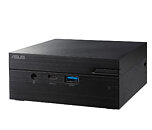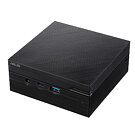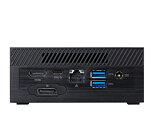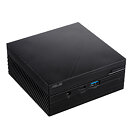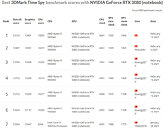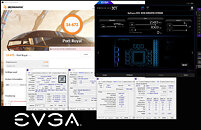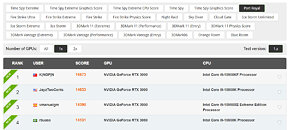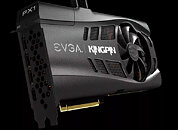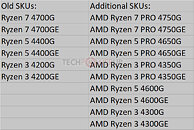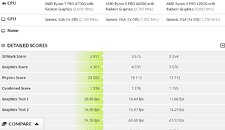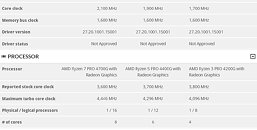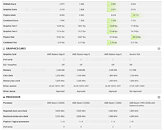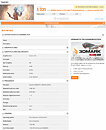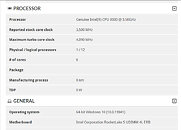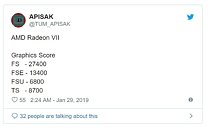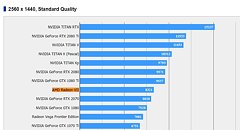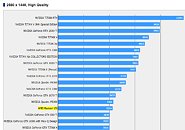
ASUS Unveils the PN41 Mini PC Powered by Pentium Silver and Celeron "Jasper Lake"
ASUS today announced Mini PC PN41, an ultra-compact computer that delivers powerful performance for a diverse range of scenarios, from digital signage to small and home-office and beyond. Featuring the latest 11th Gen Intel Pentium Silver or Celeron mobile processor with Intel UHD Graphics, plus support for high-speed 2933 MHz DDR4 memory, Mini PC PN41 is ready to deliver effective multitask computing, yet its diminutive size takes up minimal space on a desk—so it's ready to fit in just about anywhere.
Mini PC PN41 is powered by the latest 11th Gen Intel Pentium Silver or Celeron mobile processor. Compared with traditional same-tier mobile processors, these latest-generation CPUs deliver an overall performance improvement of up to 32%, enabling smoother everyday computing experiences. Class-leading visual performance is also a feature of Mini PC PN41, with its integrated Intel UHD Graphics achieving an impressive 120% in 3D Mark Fire Strike—an increase of over 90%, compared to the previous-generation model.
Mini PC PN41 is powered by the latest 11th Gen Intel Pentium Silver or Celeron mobile processor. Compared with traditional same-tier mobile processors, these latest-generation CPUs deliver an overall performance improvement of up to 32%, enabling smoother everyday computing experiences. Class-leading visual performance is also a feature of Mini PC PN41, with its integrated Intel UHD Graphics achieving an impressive 120% in 3D Mark Fire Strike—an increase of over 90%, compared to the previous-generation model.
